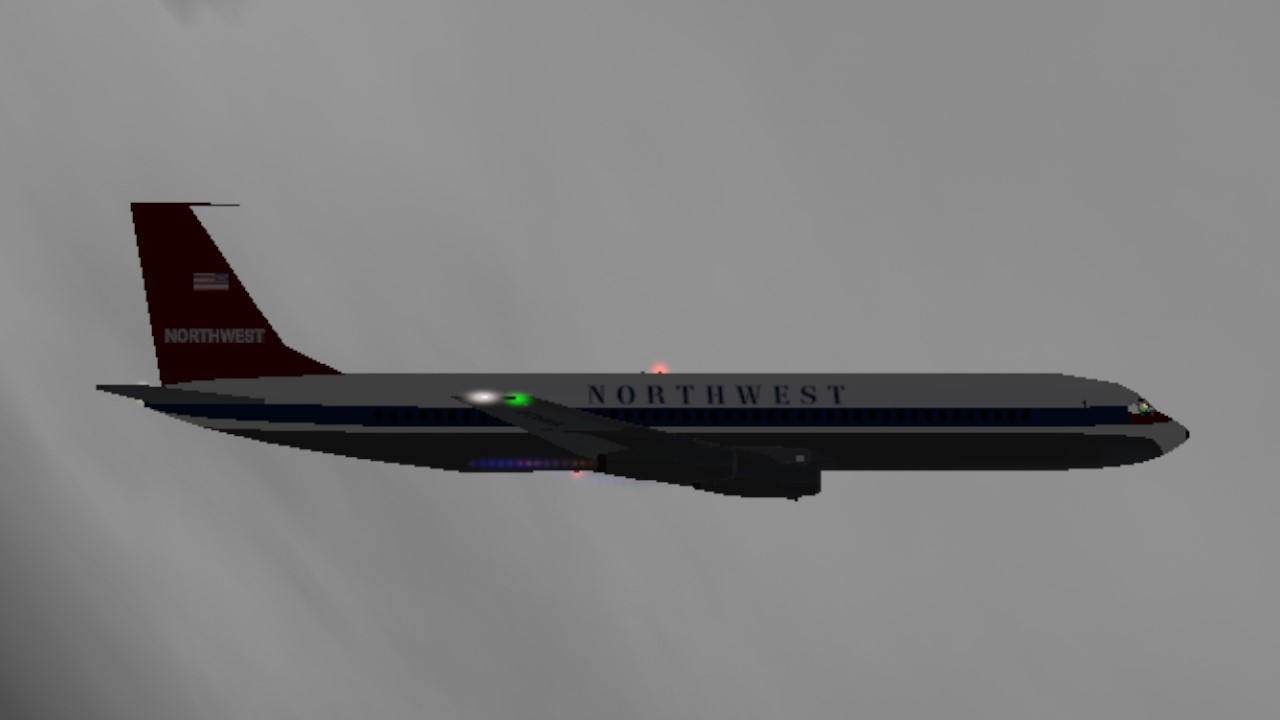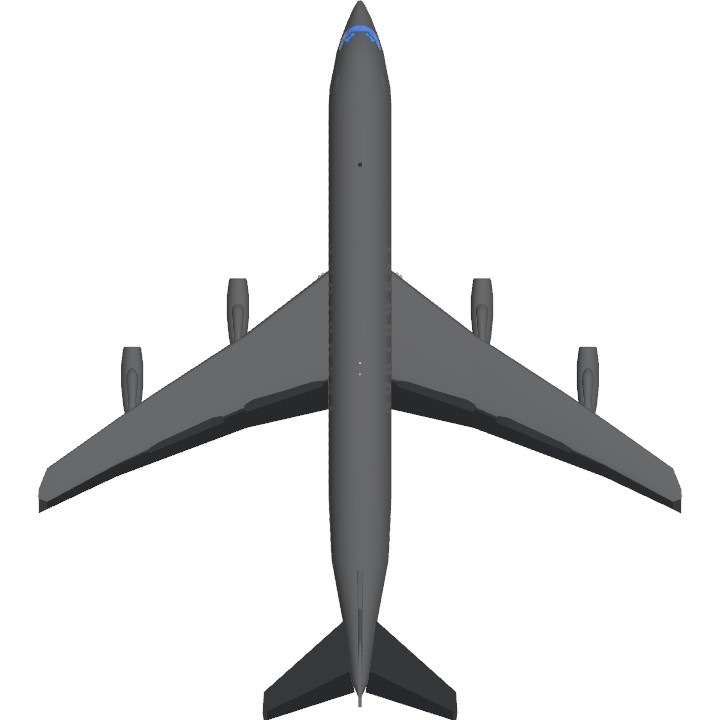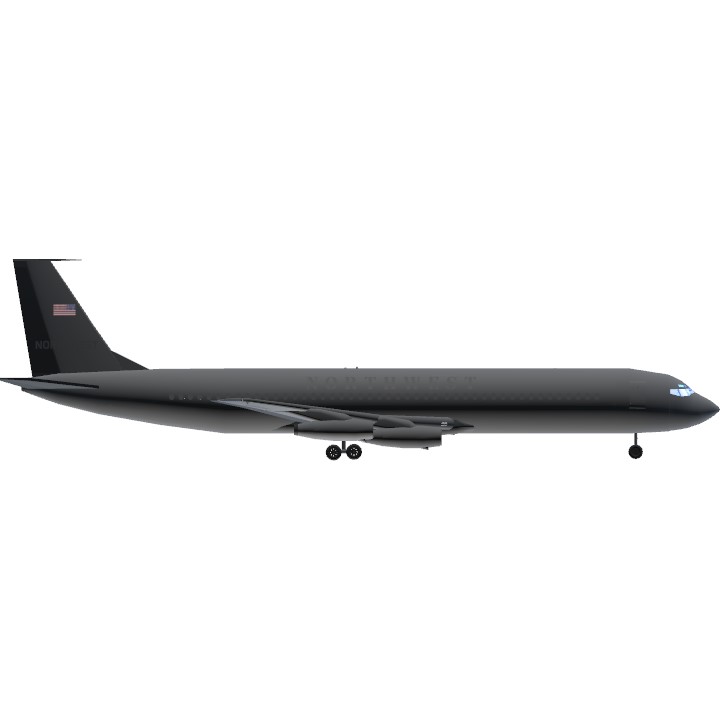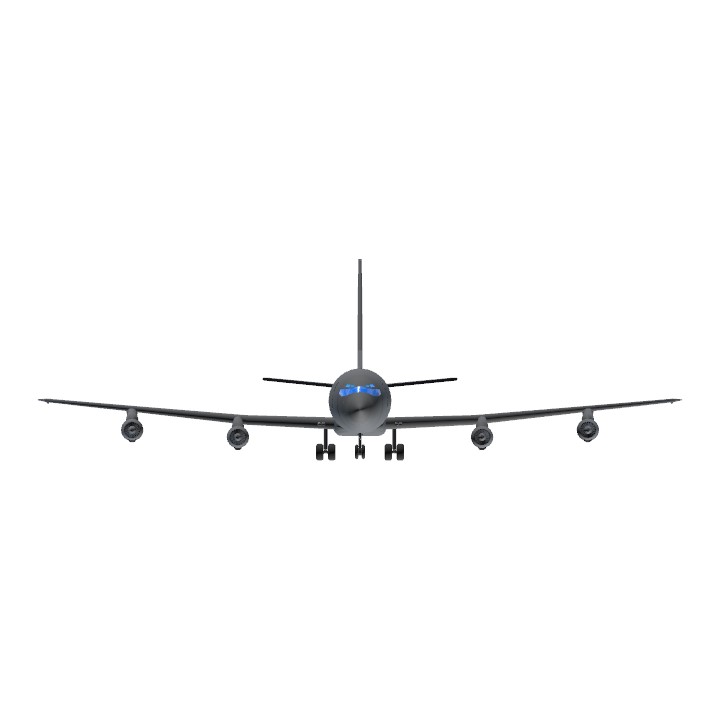About Northwest Orient Airlines flight 705:
Northwest Flight 705 was a scheduled flight from Miami, FL (MIA) to Portland, OR (PDX) with intermediate stops at Chicago, IL (ORD), Spokane, WA (GEG) and Seattle, WA (SEA).
Prior to departing the ramp at 13:25, the crew asked the ground controller about the departure routes being utilized, and he replied that most flights were departing "... either through a southwest climb or a southeast climb and then back over the top of it... ". The flight departed Miami with an Instrument Flight Rules (IFR) clearance at 13:35. A left turn was made after takeoff from runway 27L and circuitous routing was utilized, in conjunction with radar vectors from Miami Departure Control, to avoid areas of anticipated turbulence associated with thunderstorm activity. A similar departure pattern had been previously flown by another flight.
Subsequently, while maintaining 5,000 feet and a heading of 300 degrees, Flight 705 requested clearance to climb to a higher altitude. Following a discussion between the flight and the radar departure controller about the storm activity, and while clearance to climb was being coordinated with the Miami Air Route Traffic Control Center (ARTCC), the flight advised "Ah-h we're in the clear now. We can see it out ahead ... looks pretty bad." At 13:43, Flight 705 was cleared to climb to FL250. They responded, "OK ahhh, we'll make a left turn about thirty degrees here and climb..." The controller asked if 270 degrees was their selected climbout heading, and they replied that this would take them "... out in the open again..." Accordingly, clearance was granted. Following some discussion about the severity of the turbulence, which was described as moderate to heavy, the flight advised, "OK, you better run the rest of them off the other way then."
At 13:45 radar service was terminated and control of Flight 705 was transferred to Miami ARTCC. When the flight did not establish radio communication with ARTCC on the initial frequency, Departure Control provided a secondary frequency, and instructed the flight to turn to a heading of 360 degrees which was acknowledged. When Miami ARTCC requested position and altitude, the flight replied, "We're just out of seventeen five (17,500 feet) and standby on the DME one."
At 13:47:25 the altitude began increasing with a rate of climb gradually increasing to approximately 9,000 feet per minute at 13:47:38. Following this the rate of climb decreased through zero at 13:47:47 when the altitude peaked momentarily at 19,285 feet. During this climb the airspeed decreased from 270 to 215 knots and as the peak altitude was approached, the vertical accelerations changed rapidly from 1G to about -2G. In the next seven seconds the negative acceleration continued to increase at a slower rate, with rapid fluctuations, to a mean value of about -2.8G, while altitude was lost at an increasing rate. As the descent continued with rapidly increasing airspeed, the acceleration trace went from the high negative peak to 1.5G, where it reversed again.
Below 10,000 feet a severe in-flight breakup of the forward fuselage occurred. The main failures in both wings and horizontal stabilizers were in a downward direction, and virtually symmetrical. The forward fuselage broke upward and the vertical stabilizer failed to the left. All four engines generally separated upward and outboard. The debris fell in unpopulated area of the Everglades National Park, 37 miles west-southwest of Miami International Airport.
Probably cause:
The unfavourable interaction of severe vertical air drafts and large longitudinal control displacements resulting in a longitudinal "upset" from which a successful recovery was not made.
Specifications
General Characteristics
- Predecessor Boeing 707-320B Pan Am (flight 816)
- Created On iOS
- Wingspan 129.9ft (39.6m)
- Length 145.1ft (44.2m)
- Height 40.8ft (12.4m)
- Empty Weight N/A
- Loaded Weight 89,679lbs (40,677kg)
Performance
- Power/Weight Ratio 0.751
- Wing Loading 33.3lbs/ft2 (162.8kg/m2)
- Wing Area 2,690.0ft2 (249.9m2)
- Drag Points 5893
Parts
- Number of Parts 325
- Control Surfaces 13
- Performance Cost 1,807





@Superliner350 而且在制作完下一起关于中东航空波音720的空难机后,我将使用您的F50制作一起卢森堡航空的事故机
@Superliner350 十分感谢(而且,你的普通话已经很好了)
@AerofloBilibili 由于各种问题无法一一解决,我已经取消了。
您可以使用这个代替。
谢谢你,祝你玩得开心!
(抱歉,因为我普通话不好)
@DGNJYPD 我去看看
话说superliner350不是有现成的720吗?